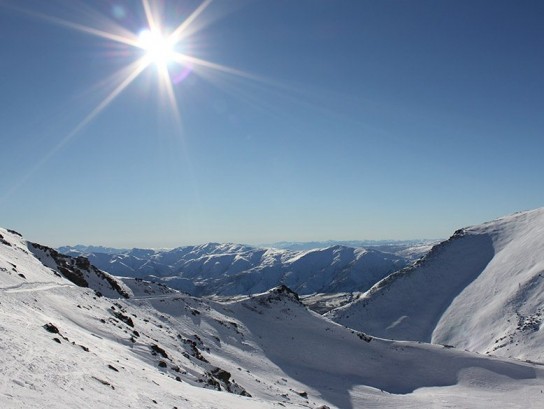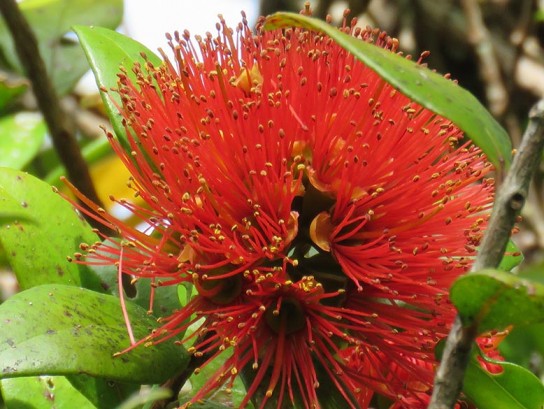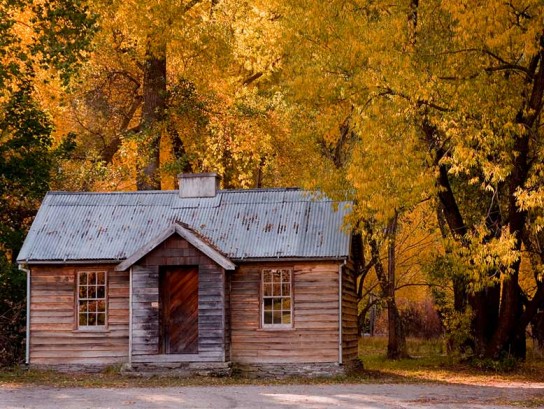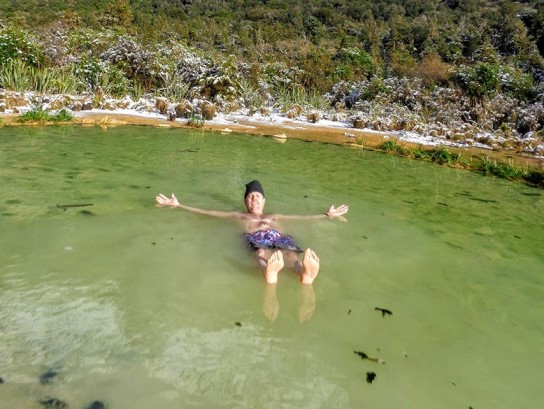Best Time to Visit New Zealand
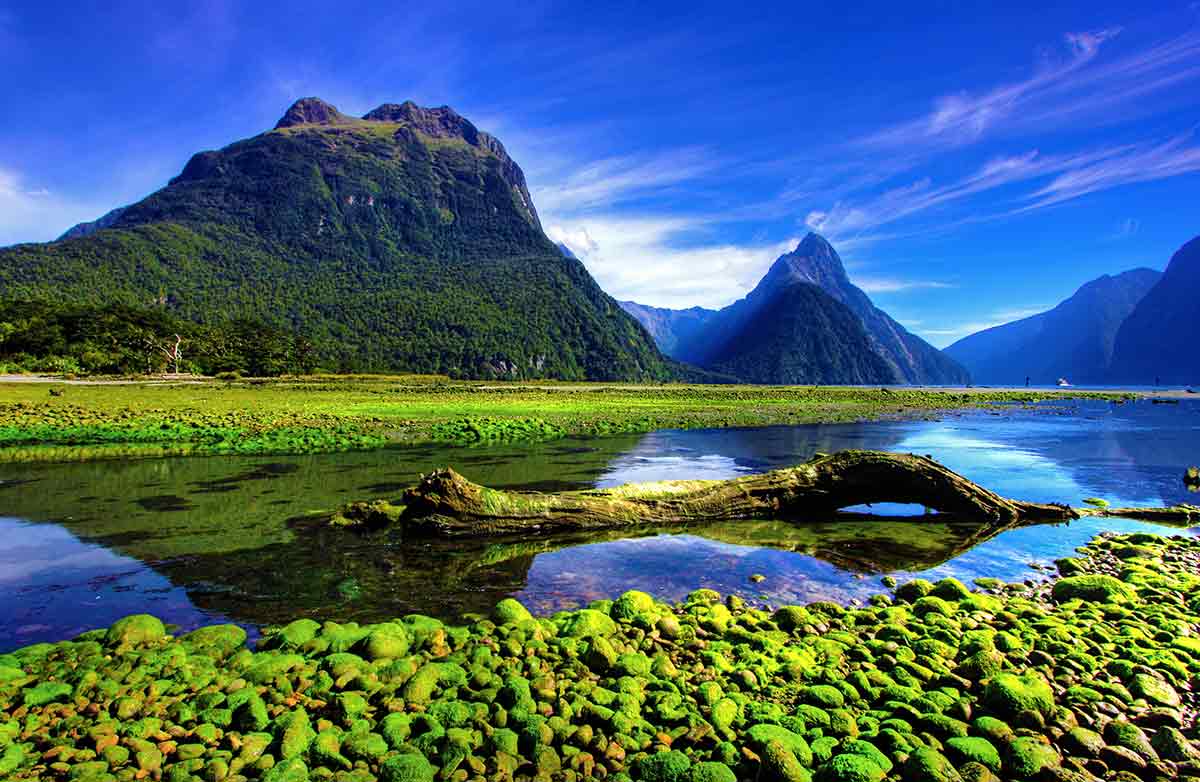
Top 4 things to know about the best time to visit New Zealand:
- Spring is September, October, and November in New Zealand. Expect to see new lambs on your visit, as well as the red rata in bloom, and some excellent skiing conditions.
- Summer is December, January, and February. The striking blue colouring of many of our lakes returns, as do warmer temperatures, more visitors, and great conditions for whale and dolphin watching.
- Autumn is March, April, and May here. Expect quiet walking trails, lots of vineyard activity (harvesting months), and beautiful autumn colours for your inner photographer!
- Winter is June, July, and August in New Zealand. Expect busy ski fields, beautiful snow-capped mountains, and a thriving coffee culture. Winter is the perfect time to explore our natural hot pools.
Spring – September, October, November
Spring is a new beginning every year in New Zealand. For many locals, and visitors, it’s their favourite season. Later in the spring the fields are full of new lambs hopping and jumping around, and the stunning rata tree is in bloom. The tree’s red flowers are an iconic part of New Zealand’s spring season, and can be spotted from a long way off amongst the mainly green forests of both the North and South Islands. The Rata’s close relative, the Pohutikawa is commonly known as the New Zealand Christmas Tree. It blooms slightly later, and is in full colour over the festive season. The New Zealand Lupins are also in bloom during spring, and the South Island particularly, is covered with these beautiful purple plants.
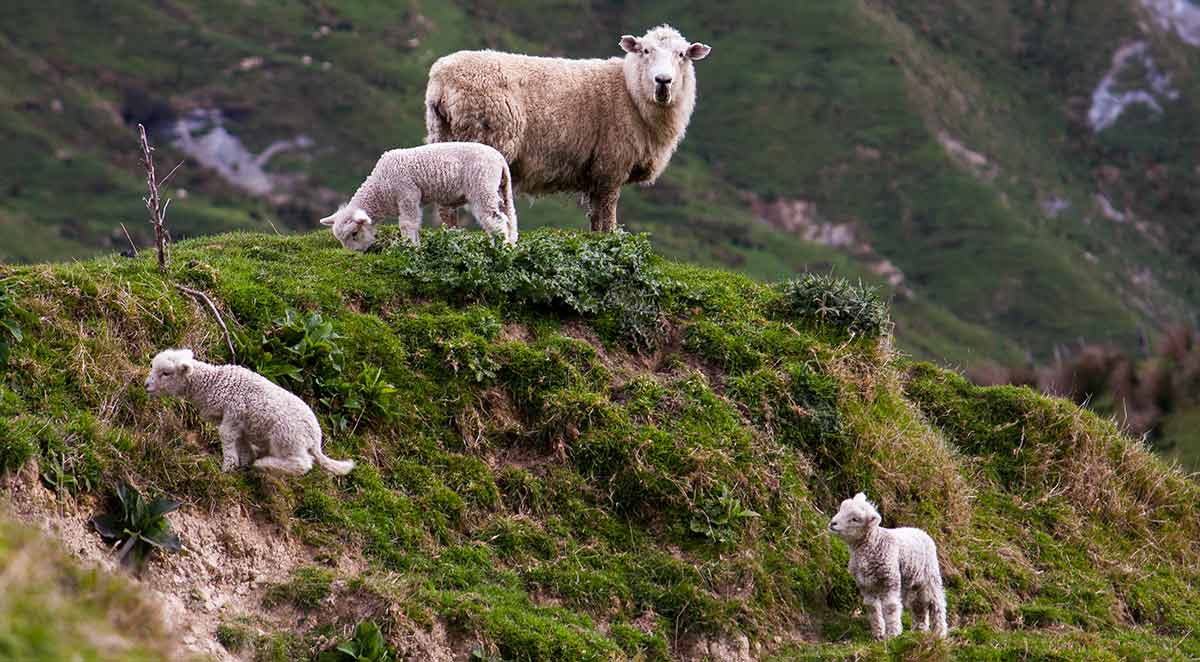
In early spring the skiing can be excellent. Warm, blue sky days, light powdery snow, and quieter ski fields mean spring is a great time of year to visit New Zealand if you’re a snow sports fan. Another reason to visit New Zealand in the first half of spring is the Aurora Australis, or Southern Lights. So if photography is your bag, then spring is a great time of year to visit New Zealand. Check out our blog ‘Photography in New Zealand’ for some ideas for photo opportunities.
In general spring is warm, the snow level on the hills will begin to retreat to higher ground, roads are quieter than the high seasons of summer and winter, and accommodation prices are reasonable.
Summer – December, January, February
New Zealand in summer is stunning. The amount of rain reduces, which makes summer a great time to see the famous cobalt blue lakes of the South Island. With less rainfall, and warmer temperatures, the snow melt carries tiny rock particles, known as ‘rock flour’ into the lakes, and the refraction of the bright sunlight makes the clear water appear to be a stunning blue colour. Summer is the perfect time of year to see it.
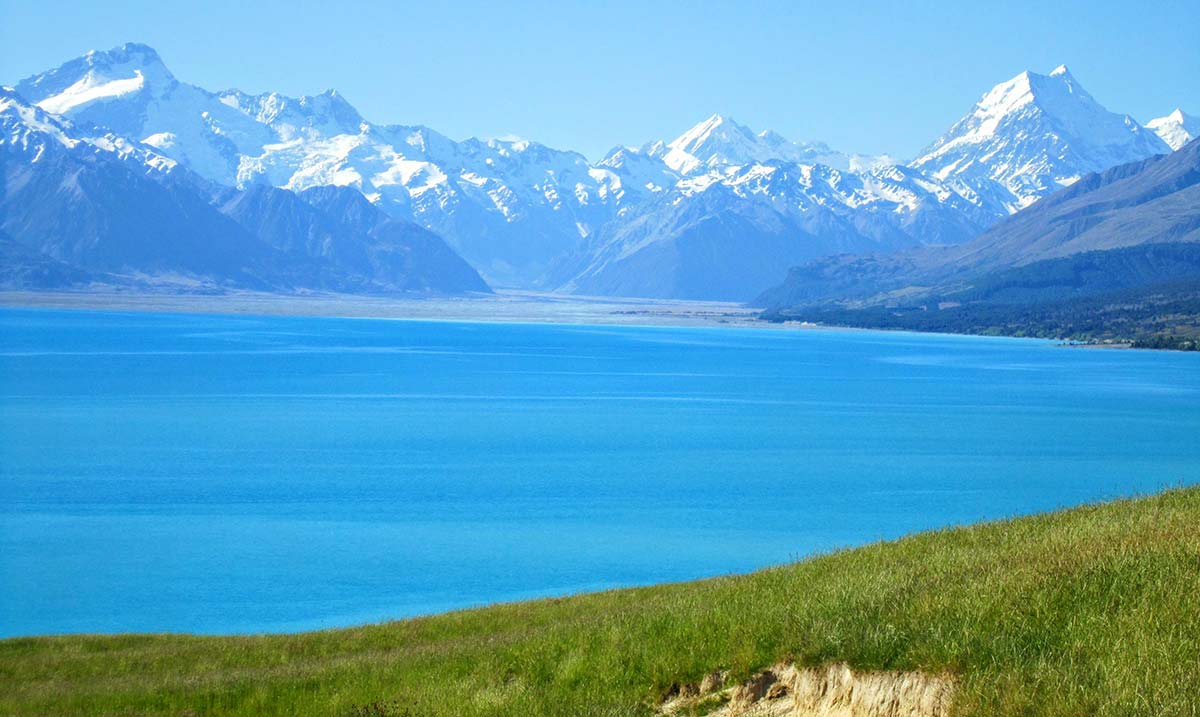
Something you’ll need to be aware of when visiting New Zealand, is how easy it is to get sunburnt. The sun here is very strong, even on days when it doesn’t feel very warm, and even through moderate cloud cover. We have a less effective o-zone area above the country, and so the burn time can be as low as five minutes, so always wear sunscreen in summer.
Christmas in summer is perfectly natural to us kiwis, even though it’s a strange concept to most of our guests. We’ll usually have a barbecue on the beach, enjoy a glass of champagne, and go for a dip in the lake or ocean. December is also a great time of year for penguin spotting in Milford Sound.
Summer is the busiest time of year to visit New Zealand, but it’s easy to see why so many visitors flock here each year. The trails are awash with friendly walkers, the daylight hours are long, and the temperatures are warm. If wildlife watching is why you’re travelling to New Zealand then summer is a great time of year for whale and dolphin watching, as well as snorkelling.
In February you can catch the Marlborough Food and Wine Festival, the country’s oldest wine festival in the heart of Sauvignon Blanc country.
Autumn – March, April, May
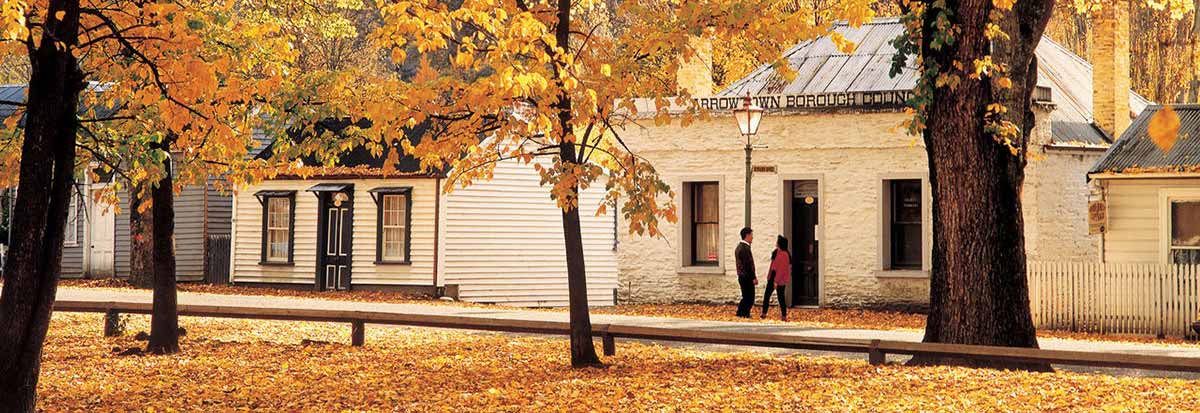
Autumn is a great time to visit New Zealand if you don’t mind wearing a few more layers. Whilst in early autumn it’s not uncommon to get some very warm, summery days, it’s generally cooler in March, April, and May – which is great if you want the hiking trails to yourself.
Accommodation prices during autumn are more reasonable than in the peak seasons, and there’s more availability. You’ll also find much quieter roads. Snow might start to appear on the higher tops during May as the winter temperatures start to come around.
March and April are harvesting months for the wine industry, so it’s a great time to visit New Zealand. Experimental wines from boutique vineyards appear every year, as well as the established staple wines from each of the country’s wine regions.
The beautiful colours are one of the most popular reasons for travelling to New Zealand in the autumn. The deciduous trees start to turn as the temperature drops, and the oranges, yellows, and reds of autumn become stunningly prevalent throughout the country. Central Otago and Canterbury are two of the most popular spots for keen photographers to capture the colours
Winter – June, July, August
New Zealand in winter is a sight to behold. The hills and mountains are all covered with fresh snow whilst most towns, being at lower elevations, stay clear of snow and relatively mild all winter. Ski fields are opening, and the country gets busy again with an influx of snow loving tourists. Accommodation prices tend to be a little higher, particularly in resort towns like Queenstown, where there are a choice of a number of great ski fields close by.
The ski fields tend to open mid-June, and don’t close until the end of September, so if skiing is your reason for visiting New Zealand we’d suggest that any time from the end of June until mid-September would be great timing.
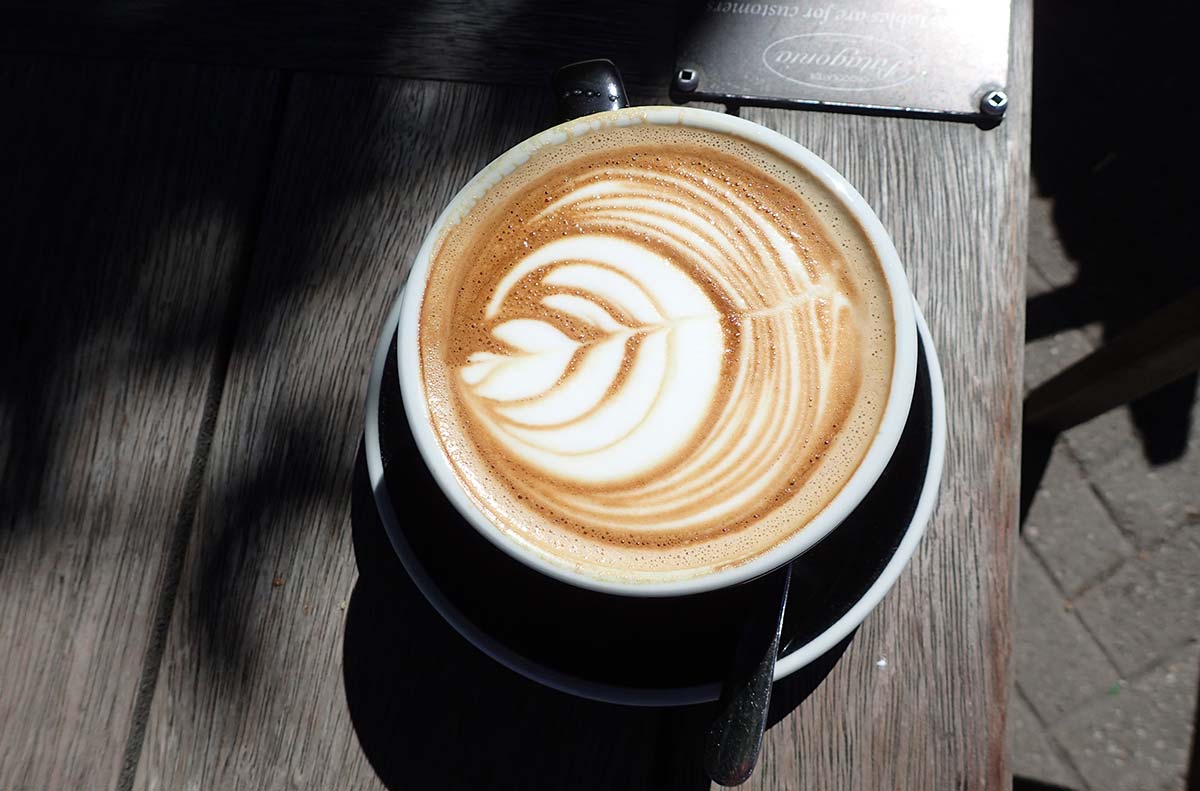
If you’re not a skier, or you’re not interested in sampling New Zealand’s snow conditions, there are plenty of other great opportunities in winter, in New Zealand. We are very proud of our coffee culture here, and what better time of year to sample it than when it’s cold outside, the hills are white, and the fire is roaring? We also love getting our cameras out in winter – the beautiful white hills are a great photo opportunity, so go make a snow angel!
The North Island is famous for its geothermal areas, and the South Island has its own pockets of geothermal activity too. You can hike to a natural hot pool, dig a hole to relax in on ‘Hot Water Beach’ or check out some of the beautiful man-made hot pools dotted around the country.
